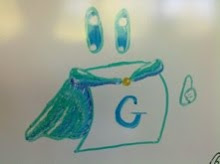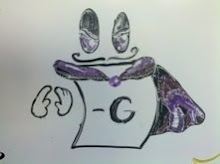Urban talked about the Hopeful Window Triangle-Placing Game, a very interesting game based on his work with cellular automata games. In this game, there are multiple steps per turn revolving around drawing a digital 45-45-90 triangle on a grid. The triangle always has one box at the top, and the hypotenuse descends on the left-hand side. There is a single box lower in the grid that is the blocking box:
- No triangle can be drawn that contains that box, and
- The first player to draw a triangle past that box wins.
- The current player chooses one of the candidate boxes for the top of the triangle, then draws it as far down as they want. (If they start out to the left of the blocking box, then they can automatically win by drawing a large-enough triangle. Otherwise, they can't cover up the blocking box.)
- Consider the boxes directly beneath the drawn triangle - the triangle's support, but increase this set by extending to the left and the right by two boxes on each side. (This can be parameterized to be any l and r numbers.)
- Inside of this elongated support, the next player chooses a "hopeful window" of, say, 6 adjacent boxes. (Again, this can be parameterized.)
- The previous player then gets to block, say, 3 of the boxes in that window. (Parameterizeable again.)
- The remaining 3 (in this example) boxes from that window become the candidate top boxes for the next player to choose from on their turn.



No comments:
Post a Comment